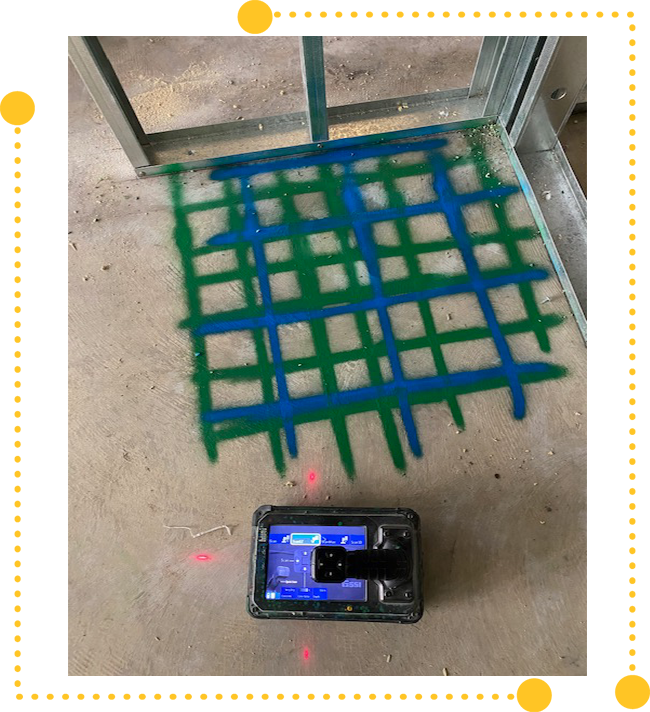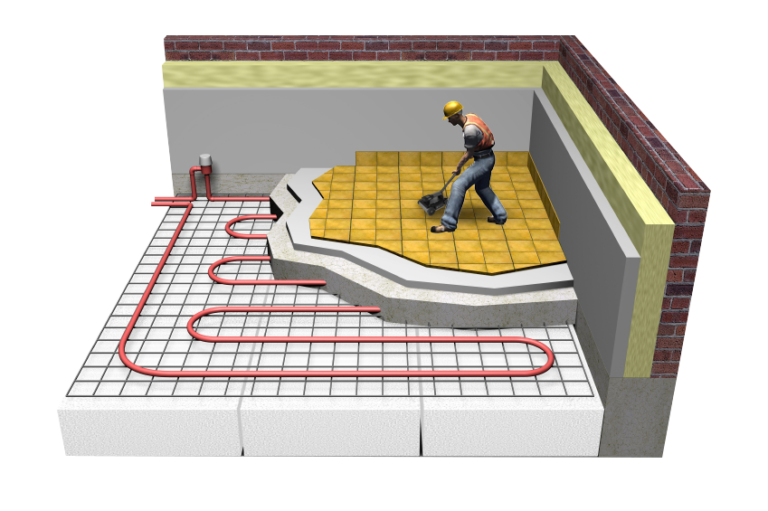Guarding Your Construction Financial Investment Via Reliable Concrete Scanning Practices
In the world of building and construction, the structure whereupon a job stands is not just concrete and steel but a fragile equilibrium of accuracy and foresight. Guarding this substantial investment requires greater than simply surface-level analyses; it requires a thorough approach that surpasses what fulfills the eye. As intricacies below the surface frequently remain surprise, the relevance of reputable concrete scanning techniques arises as a cornerstone in making certain the stability and long life of any construction undertaking. By diving right into the ins and outs of advanced scanning innovations and their function in discovering potential threats, a path in the direction of cost savings, time efficiency, and eventually, peace of mind is lit up.
Value of Concrete Scanning
Concrete scanning plays an essential function in improving building safety and security by giving important insights right into the honesty and make-up of structures. By utilizing modern technologies such as ground-penetrating radar (GPR) and electromagnetic induction, construction groups can non-destructively examine the condition of concrete elements, find embedded objects, and determine prospective threats hidden underneath the surface area. This process is essential for preventing mishaps, making certain architectural stability, and maintaining the general high quality of construction jobs.
One of the key reasons that concrete scanning is of utmost relevance is its capability to detect voids, cracks, or various other flaws within concrete frameworks. These abnormalities can endanger the stamina and durability of the building, presenting serious dangers to the security of owners and workers. With detailed scanning procedures, building and construction specialists can deal with these problems proactively, applying necessary repair services or support actions to mitigate potential dangers.
In addition, concrete scanning allows task managers to plan effectively by providing exact information concerning the format of existing structures. By recognizing the specific places of energies, rebar, channels, or post-tension cables, building and construction teams can prevent expensive errors throughout excavation or exploration activities, thereby enhancing the building and construction procedure and decreasing the likelihood of crashes on-site.
Advanced Scanning Technologies
Using advanced innovations in the area of building scanning has actually reinvented the means structural integrity analyses are carried out. Advanced scanning technologies use improved precision and efficiency in finding potential risks within concrete structures.
An additional cutting-edge technology is 3D concrete scanning, which creates in-depth three-dimensional pictures of the internal framework of concrete components (GPR Concrete Scanning Bellevue). This advanced approach enables for a thorough evaluation of potential issues such as spaces, fractures, or delamination, ensuring early discovery and timely fixings to avoid structural failings
Moreover, the combination of synthetic knowledge (AI) and artificial intelligence algorithms in concrete scanning procedures has actually considerably boosted the precision and rate of data analysis. These modern technologies make it possible for real-time analysis of check outcomes, assisting in the identification of anomalies that might not appear to the nude eye. By welcoming these advanced scanning modern technologies, construction experts can improve the safety and security and longevity of their jobs while reducing dangers and costly rework.
Uncovering Possible Risks
The advanced scanning technologies stated formerly have actually verified important in discovering possible threats hiding within concrete frameworks, making sure positive maintenance and danger mitigation in construction jobs. By making use of devices such as ground-penetrating radar (GPR) and electromagnetic induction scanners, building and construction teams can determine covert dangers like rebar corrosion, voids, post-tension cables, and other structural anomalies that can jeopardize the integrity of the structure. These modern technologies permit non-destructive screening, offering detailed understandings right into the problem of the concrete without causing any damage.
Uncovering these prospective hazards early in the construction process aids in protecting against pricey repair work, delays, or safety cases down the line. By investing in trusted concrete scanning techniques to discover possible hazards, building and construction tasks can be secured, inevitably securing the financial investment and making certain the resilience of the framework.

Cost Cost Savings and Time Effectiveness
Enhancing task performance and monetary end results with critical scanning methods is crucial in modern-day construction techniques. By spending in reputable concrete scanning techniques, building business can considerably minimize expenses and boost project timelines.
In addition, precise scanning outcomes allow building teams to intend their activities much more efficiently, improving the total task timeline. In essence, prioritizing concrete scanning for price financial savings and time efficiency is a sensible financial investment that can safeguard building you could try here and construction investments and enhance general task success.
Implementing Reliable Scanning Practices
Carrying out efficient scanning techniques is important for enhancing construction procedures and making certain task success. To effectively apply concrete scanning methods, it is important to start by carrying out a comprehensive evaluation of check my reference the building and construction site to recognize possible dangers and areas of issue.

Buying high-grade scanning tools is paramount for accurate results. Regular upkeep and calibration of the equipment are similarly important to guarantee reliability throughout the job. Educating building and construction workers in correct scanning methods and interpretation of results can considerably contribute to the overall success of the scanning process.
In addition, developing clear communication channels amongst all project stakeholders is crucial for seamless sychronisation throughout scanning tasks. Normal updates and feedback sessions help in dealing with any type of issues without delay, therefore decreasing delays and making certain the project remains on track. By carrying out these effective scanning techniques, building groups can protect their investments and alleviate possible dangers related to substandard concrete scanning procedures.
Conclusion
In verdict, safeguarding building and construction investments via description reliable concrete scanning techniques is important for making sure project success. It is imperative for construction specialists to prioritize concrete scanning as a fundamental step in the construction process.
The innovative scanning innovations mentioned formerly have verified instrumental in revealing prospective dangers prowling within concrete frameworks, ensuring proactive upkeep and threat mitigation in construction jobs. By spending in reliable concrete scanning techniques to uncover potential threats, building tasks can be safeguarded, ultimately shielding the investment and guaranteeing the toughness of the framework.
Training construction workers in appropriate scanning strategies and analysis of results can considerably contribute to the total success of the scanning procedure.
By carrying out these reliable scanning practices, building groups can guard their financial investments and reduce possible risks associated with substandard concrete scanning procedures. (GPR Concrete Scanning Bellevue)
